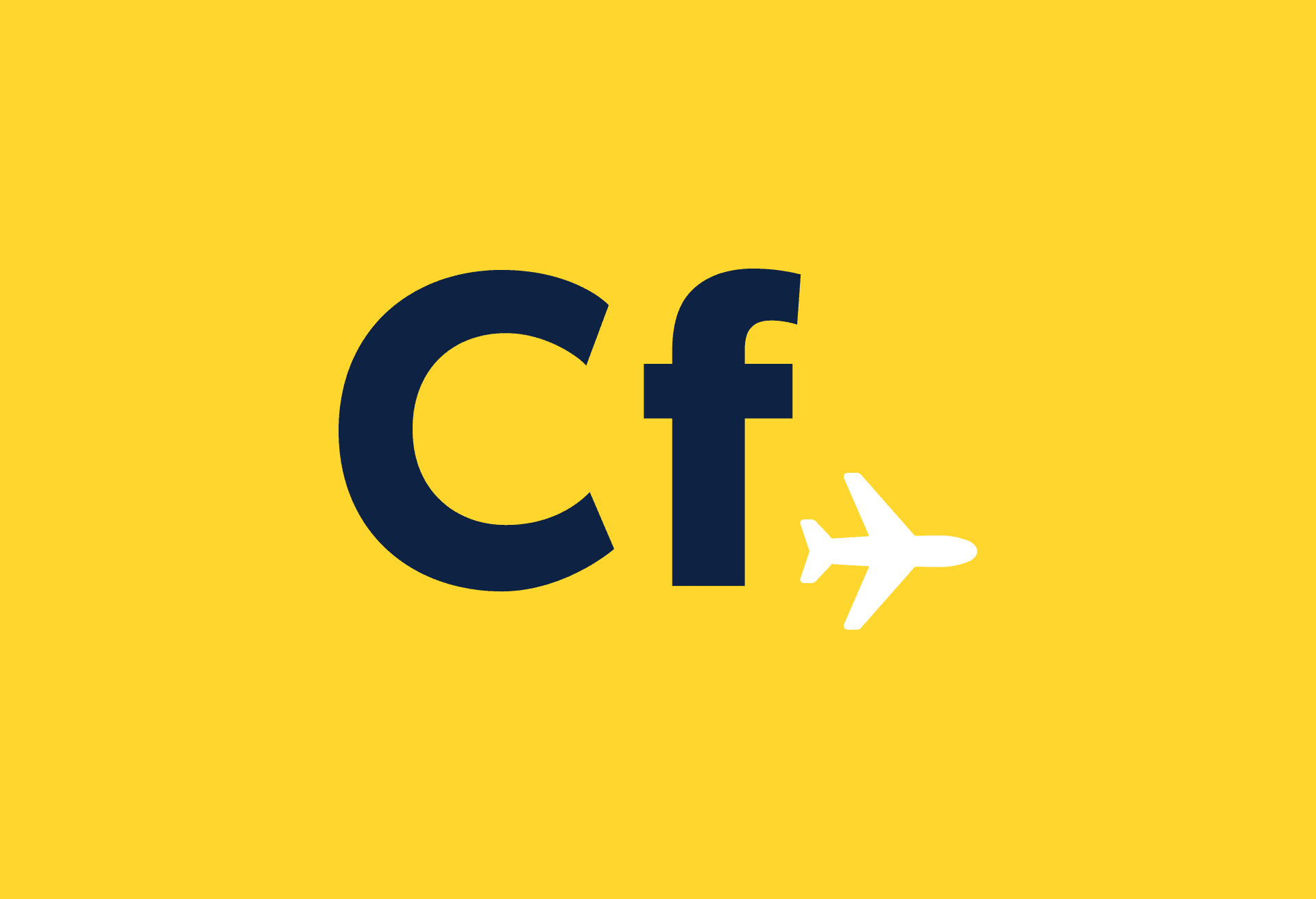What to expect and how to find the cheapest flights
We no longer expect the once standard “frills” of flying, such as pre-booked seats, meals or the space to swing a gerbil, let alone a cat, and the temporarily cramped limbs seem worthwhile for the serious reductions on cost. But which services are worth paying for? Are any of the airlines better than others?
History
The first low-cost airline is generally considered to be the American company Southwest which launched in 1971, with the then revolutionary concept that you could lower the cost of ticket prices by eliminating some of the extras and therefore save passengers money. The baton was picked up in the UK by Ryanair, in 1990, still the biggest contender in the field.
The airlines
Today, the major two low-cost airlines are Ryanair and easyJet, the most famous and recognised of all the no-frills carriers. Both fly throughout the UK, Ireland, Europe and North Africa. Ryanair is often viewed as the lowest of the low cost, both for its cheap prices, its service and the fact that many airports are quite some distance from the town they claim to land in.
Other carriers based in the UK include Jet2.com which specialises in flights to “cities, sun and ski” including cheap flights to the US and flybe.
Also worth checking out are the likes of Eastern European Wizz Air, and Germany’s Air Berlin and Germanwings.
Despite their different destinations, the one thing all these airlines have in common is the need to pay more if you want anything more than the seat itself. Carrying bags, enjoying a meal, pre-booking a seat, sometimes even checking-in at the airport are all viewed as “extras” and as such if you want to enjoy them, you’ll need to cough up more. But don’t make the mistake of thinking that the airlines’ charges for these services are alike, costs vary immensely between the carriers and it’s worth checking the cost of all the add-ons before you book.
For more detailed information on the services available from all these airlines, see our individual airline guides.
Pay more or suffer?
Which of the extra services are actually worth paying for and which should you avoid?
Food: The cost of the meals varies hugely between airlines. For a small example, see Cheapflights’ guide to airline food, which compares the price of a ham sandwich, full meal, cup of tea, coke and gin and tonic across the carriers. If you’re flying Ryanair and feel like a small in-flight drink, be sure to carry a large amount of cash. On the whole, one of the simplest ways to save money when flying on a low-cost airline is to pack your own sandwiches and drinks.
Baggage: This one can’t be avoided. Most of the low-cost airlines now charge to check in bags. If you want to carry your bag in the hold, you’re going to have to stump up. Again, costs vary but the average is about £15 per bag each way. To avoid the costs, pack small, and carry everything as hand luggage. Some carriers, such as easyJet have removed the weight restriction on hand luggage, so as long as you can actually pick your bag up, and it doesn’t exceed the size restrictions, you’ll be able to take it on board.
Speedy boarding: This is one of the least popular extra charges of all. Costing around £5, this allows you to board the plane first, and therefore get your pick of the seats.
Oh and I paid for speedy boarding apparently. Walking past 60+ people never felt so good
— Callum (@callum_ol) April 29, 2015
Airport check-in: Paying the airline for pleasure of checking-in to your flight can seem a step too far for most passengers. To avoid paying, check-in online before you reach the airport, which will also save you time in queues and should mean you’re one of the first onto the plane.
How to find the cheapest deals
We see the fares advertised all the time: jet off to Barcelona for just £15. Yet somehow, when you enter your dates into the computer, the price has always rocketed. How do you find those elusive cheap prices? There are some rules you can follow:
- The cheapest seats sell out fast. On the day that a seat sale is announced, get online immediately to have the best chance of getting the lowest price.
- Don’t forget that taxes and charges will add up. Look for the sales that advertise flights “including all taxes and charges”.
- If you want to travel in school holidays or at the weekends, forget it. These are always blackout periods. Look for flights departing and arriving mid-week.
- If you see a good fare, book it. Prices rarely go down as time goes on.
- Sign up to email newsletters to be the first to hear of the cheapest fares. Cheapflights’ own newsletter is sent out every Tuesday and contains some of the best deals on offer.
- Shop around. No one airline will always have the best deals.
- Be flexible with your destination. The most popular cities will not have the lowest prices. Consider Eastern Europe or North Africa if you really want to get the best deals.
(Featured image: Juanedc)


